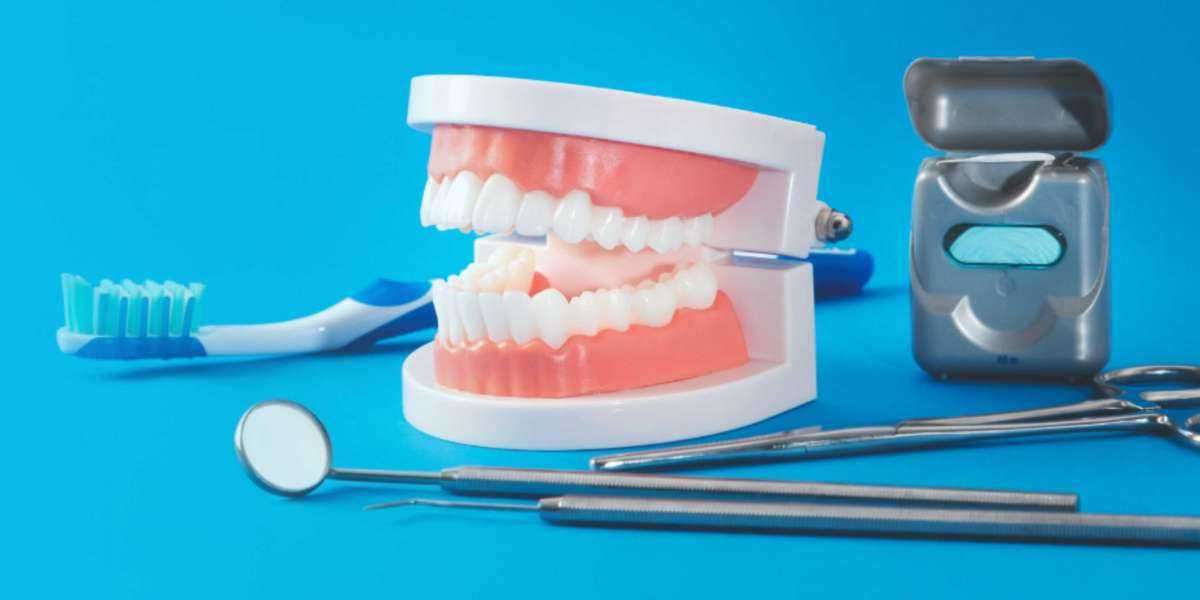Dental cement is a crucial component of modern dentistry, serving as the adhesive that holds various dental restorations together. Dental cement provides the strong and durable bond necessary to anchor these materials in place, whether it's crowns, bridges, implants, or orthodontic brackets. Dental cement comes in several different types, each with unique properties that suit specific applications. However, all dental cement share the goal of providing excellent adhesion, biocompatibility, and moisture and chemical degradation resistance. Thanks to dental cement, individuals can enjoy a healthy, beautiful, functional, and aesthetically pleasing smile.
What is Dental Cement?
Dental cement is an adhesive material used in dentistry to hold together various restorative materials, such as crowns, bridges, and implants. The main types of dental cement include zinc oxide-eugenol, polycarboxylate, glass ionomer, and resin-based compounds, each with unique properties for specific applications. 3m dental cement forms a strong bond between the restoration material and the natural tooth structure, providing stability, durability, and moisture and chemical degradation resistance.
Common Uses of Dental Cement
Dental cement is used in various dental procedures, including filling cavities and repairing tooth decay. It is also commonly used to attach crowns, bridges, and other dental prostheses to teeth and to bond orthodontic brackets to teeth during orthodontic treatment.relyx dental cement can also temporarily repair broken or cracked teeth until a permanent solution can be found. Its solid adhesive properties make it essential for maintaining healthy and functional teeth, allowing individuals to enjoy a healthy and beautiful smile.
Advantages of Using Dental Cement
Dental cement offers several advantages for dental procedures, including its durability and longevity, which ensures a long-term solution to dental problems. It also provides aesthetic benefits, as it can be color-matched to the surrounding teeth for a natural-looking appearance. Dental cement is easy to use and apply, making it an efficient choice for patients and dentists. Additionally, 3m dental adhesive can help reduce sensitivity compared to other materials, providing added comfort for patients with sensitive teeth or gums. Dental cement is a reliable and effective solution for many dental needs.
How Dental Cement is Applied
Dental cement is applied in three main steps. First, the tooth surface is prepared by cleaning and etching it to create a rough surface for better adhesion. Then, the cement is mixed according to the manufacturer's instructions and applied to the prepared tooth surface. The mixture is spread evenly, and any excess is removed before the cement is cured and set using a curing light. The scotchbond universal adhesive hardens and bonds to the tooth and any surrounding restoration materials during the curing and setting process. This creates a strong and durable seal that helps protect the tooth from further damage or decay.
Conclusion
Dental cement is a crucial component of modern dentistry, serving as the adhesive that holds together various dental restorations. Whether it's filling cavities, repairing decay, or attaching crowns, bridges, and implants, dental cement provides the strong and durable bond necessary to anchor these materials in place. With its excellent adhesion, biocompatibility, and resistance to moisture and chemical degradation, dental cement ensures the longevity and stability of dental restorations, allowing individuals to maintain a healthy and beautiful smile for years. Thanks to dental cement, patients can experience improved oral health, increased confidence, and a more comfortable and functional smile.





